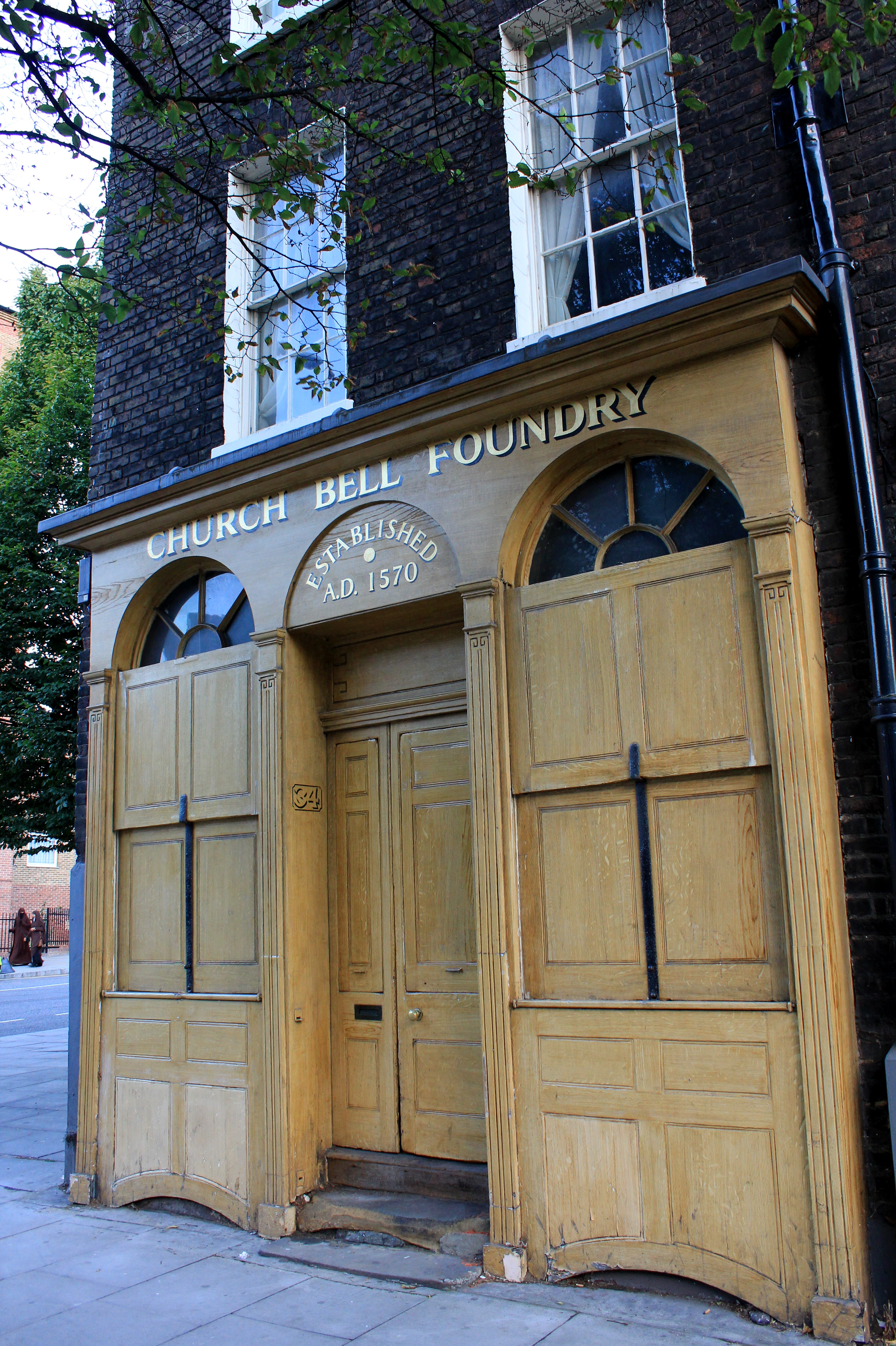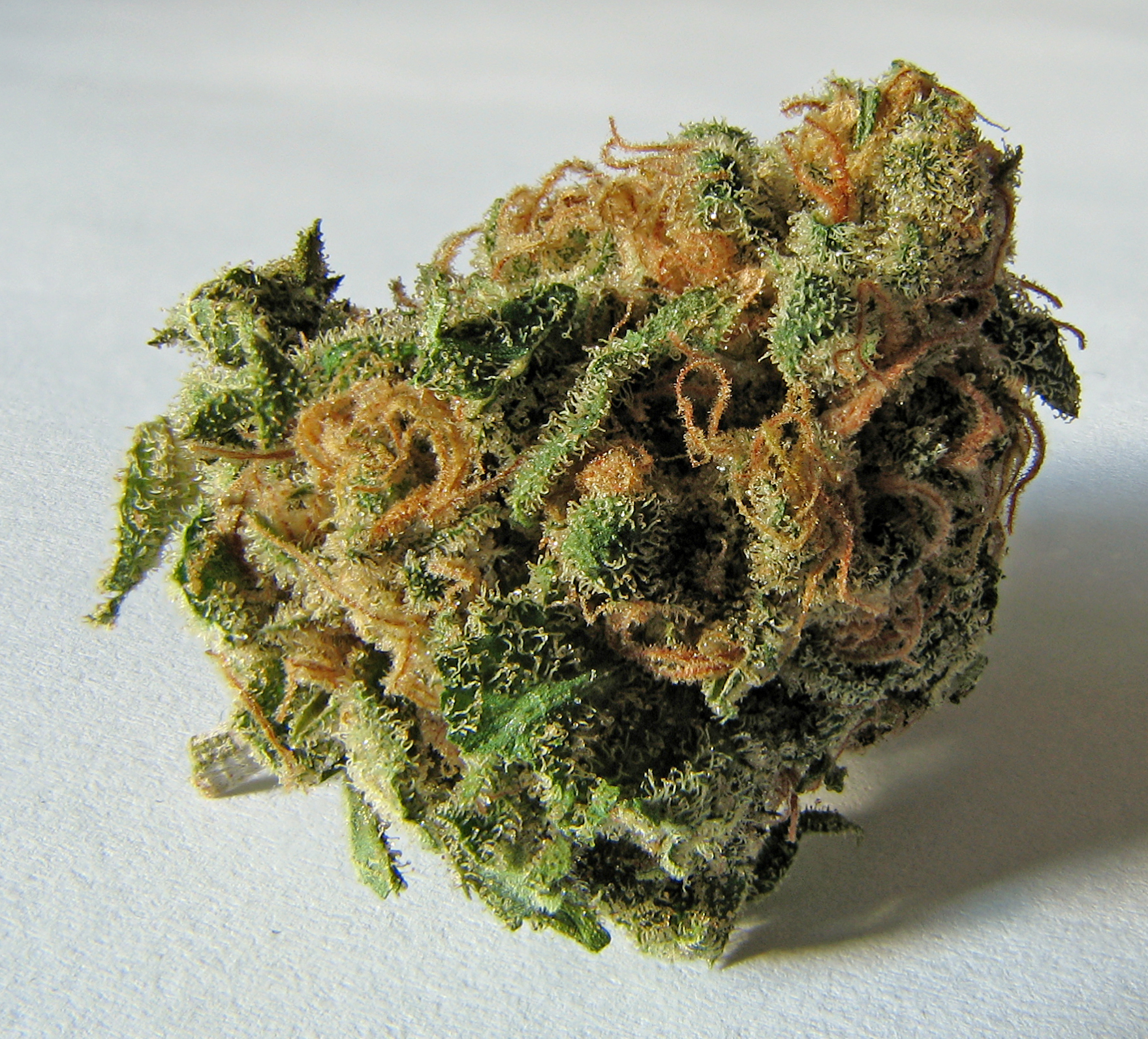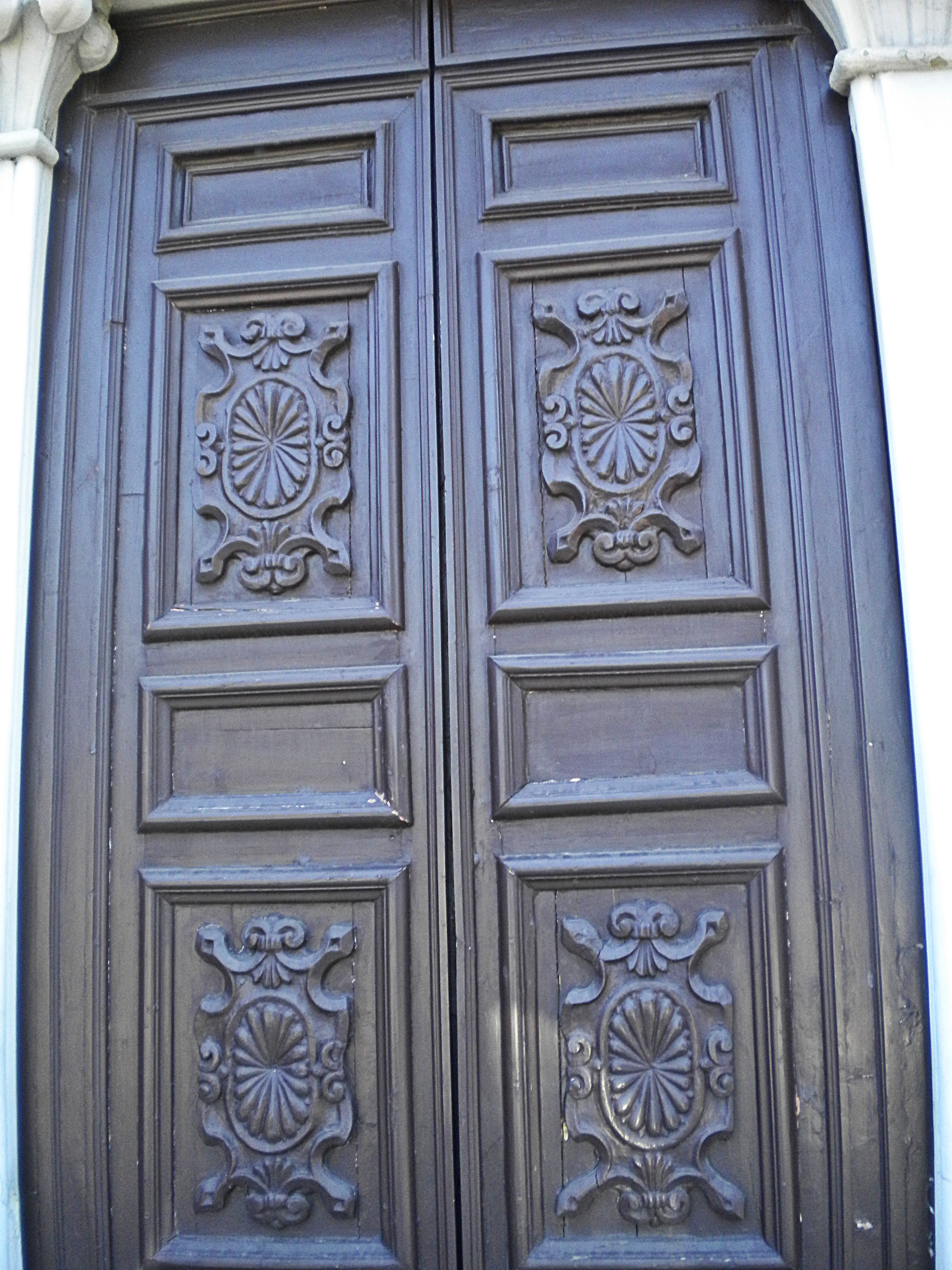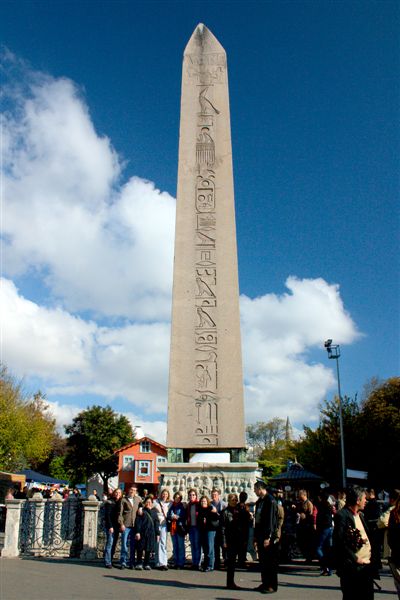|
Kirkcudbright Tolbooth
Kirkcudbright Tolbooth is a historic municipal building in Kirkcudbright in Kirkcudbrightshire in the administrative area of Dumfries and Galloway, Scotland. Built between 1627 and 1629 to serve the town as a centre of commercial administration, a meeting place for the council, and a prison, it was used for all these roles until the late eighteenth century when the council moved much of its business to new, larger premises they had constructed across the street; the tolbooth remained in use as a prison until the early nineteenth century, after which it remained in council ownership and was put to a variety of uses. Amongst the people incarcerated in the tolbooth during its use as a prison were people Witch trials in early modern Scotland, accused of witchcraft, and as late as 1805 it was used to imprison a woman convicted of pretending to be a witch. It was also used to imprison Covenanters during the The Killing Time, Killing Time of 1679–1688; in 1684 a crowd stormed the buil ... [...More Info...] [...Related Items...] OR: [Wikipedia] [Google] [Baidu] |
Tolbooth
A tolbooth or town house was the main municipal building of a Scotland, Scottish burgh, from medieval times until the 19th century. The tolbooth usually provided a council meeting chamber, a court house and a jail. The tolbooth was one of three essential features in a Scottish burgh, along with the mercat cross and the kirk (church). Etymology The word tolbooth is derived from the Middle English word ''tolbothe'' that described a town hall containing customs offices and prison cells. History Burghs were created in Scotland from the 12th century. They had the right to hold markets and levy customs and tolls, and tolbooths were originally established for collection of these. Royal burghs were governed by an elected council, led by a Provost (civil), provost and baillies, who also acted as magistrates with jurisdiction over local crime. The tolbooth developed into a central building providing for all these functions. Most tolbooths had a bell, often mounted on a steeple, and l ... [...More Info...] [...Related Items...] OR: [Wikipedia] [Google] [Baidu] |
Sandstone
Sandstone is a Clastic rock#Sedimentary clastic rocks, clastic sedimentary rock composed mainly of grain size, sand-sized (0.0625 to 2 mm) silicate mineral, silicate grains, Cementation (geology), cemented together by another mineral. Sandstones comprise about 20–25% of all sedimentary rocks. Most sandstone is composed of quartz or feldspar, because they are the most resistant minerals to the weathering processes at the Earth's surface. Like uncemented sand, sandstone may be imparted any color by impurities within the minerals, but the most common colors are tan, brown, yellow, red, grey, pink, white, and black. Because sandstone beds can form highly visible cliffs and other topography, topographic features, certain colors of sandstone have become strongly identified with certain regions, such as the red rock deserts of Arches National Park and other areas of the Southwestern United States, American Southwest. Rock formations composed of sandstone usually allow the p ... [...More Info...] [...Related Items...] OR: [Wikipedia] [Google] [Baidu] |
Whitechapel Bell Foundry
The Whitechapel Bell Foundry was a business in the London Borough of Tower Hamlets. At the time of the closure of its Whitechapel premises, it was the oldest manufacturing company in Great Britain. The bell foundry primarily made church bells and their fittings and accessories, although it also provided single tolling bells, carillon bells and handbells. The foundry was notable for being the original manufacturer of the Liberty Bell, a famous symbol of American independence, and for re-casting Big Ben, which rings from the north clock tower (the Elizabeth Tower) at the Houses of Parliament in London. The Whitechapel premises are a Grade II* listed building. The foundry closed on 12 June 2017, after nearly 450 years of bell-making and 250 years at its Whitechapel site, with the final bell cast given to the Museum of London along with other artefacts used in the manufacturing process, and the building has been sold. Following the sale of the Whitechapel Bell Foundry, the ... [...More Info...] [...Related Items...] OR: [Wikipedia] [Google] [Baidu] |
Misdemeanours
A misdemeanor (American English, spelled misdemeanour elsewhere) is any "lesser" criminal act in some common law legal systems. Misdemeanors are generally punished less severely than more serious felonies, but theoretically more so than administrative infractions (also known as minor, petty, or summary offences) and regulatory offences. Typically, misdemeanors are punished with prison time of no longer than one year, monetary fines, or community service. Distinction between felonies and misdemeanors A misdemeanor is considered a crime of lesser seriousness, and a felony one of greater seriousness. The maximum punishment for a misdemeanor is less than that for a felony under the principle that the punishment should fit the crime. One standard for measurement is the degree to which a crime affects others or society. Measurements of the degree of seriousness of a crime have been developed. In the United States, the federal government generally considers a crime punishable w ... [...More Info...] [...Related Items...] OR: [Wikipedia] [Google] [Baidu] |
Jougs
The jougs, juggs, or joggs (, from Latin , a yoke) is a metal collar formerly used as an instrument of punishment in Scotland, the Netherlands and other countries. When the soldiers of Oliver Cromwell's army occupied Scotland, they were horrified at the church using such a punishment, and many were removed from church walls and destroyed.Martin, Daniel (2016). ''Upper Clydesdale. A History and Guide'' Birlinn, Edinburgh, Scotland. p. 22. Purpose The jougs was an iron collar fastened by a short chain to a wall, often of the parish church, or to a tree or mercat cross. The collar was placed around the offender's neck and fastened by a padlock. Time spent in the jougs was intended to shame an offender publicly. Jougs were used for ecclesiastical as well as civil offences. Some surviving examples can still be seen in their original locations in Scottish towns and villages. Jougs may be the origin of the later slang word "jug", meaning prison. Examples Sir Walter Scott rescued th ... [...More Info...] [...Related Items...] OR: [Wikipedia] [Google] [Baidu] |
Bolection
A bolection is a decorative molding (decorative), moulding which projects beyond the face of a panelling, panel or frame in raised panel walls, doors, and fireplaces. It is commonly used when the meeting surfaces are at different levels, especially to hold floating panels in place while allowing them to expand and contract with changes in temperature and humidity. Also sometimes called balection or bilection, the term is of uncertain etymology and was first used in the early 18th century. Bolection was used to great effect by Christopher Wren. Bolection mouldings are usually rabbet, rabbeted on their underside to the depth of the lower element, but attached to the upper (when panels are allowed to float) or both (when merely decorative). Bolection mouldings were also regularly used in the 16th and 17th century for picture frames. On frames of this type, the highest point of the moulding is close to the sight edge (the inner edge of the frame which meets the picture), from which ... [...More Info...] [...Related Items...] OR: [Wikipedia] [Google] [Baidu] |
Finial
A finial () or hip-knob is an element marking the top or end of some object, often formed to be a decorative feature. In architecture, it is a small decorative device, employed to emphasize the Apex (geometry), apex of a dome, spire, tower, roof, or gable or any of various distinctive ornaments at the top, end, or corner of a building or structure. A finial is typically carved in stone. Where there are several such elements they may be called pinnacles. The very top of a finial can be a floral or foliated element called a bouquet. Smaller finials in materials such as metal or wood are used as a decorative ornament on the tops or ends of poles or rods such as tent-poles or curtain rods or any object such as a piece of furniture. These are frequently seen on top of bed posts or clocks. Decorative finials are also commonly used to fasten lampshades, and as an ornamental element at the end of the handles of souvenir spoons. The charm at the end of a pull chain (such as for a ceiling ... [...More Info...] [...Related Items...] OR: [Wikipedia] [Google] [Baidu] |
Chamfer
A chamfer ( ) is a transitional edge between two faces of an object. Sometimes defined as a form of bevel, it is often created at a 45° angle between two adjoining right-angled faces. Chamfers are frequently used in machining, carpentry, furniture, concrete formwork, mirrors, and to facilitate assembly of many mechanical engineering designs. Terminology In materials and manufacturing, a ''chamfer'' is used to "ease" otherwise sharp edges, both for safety and to prevent damage to the edges; it may also be a primarily decorative feature. In general terms it may be regarded as a type of ''bevel'', and the terms are often used interchangeably. However, in machining, only the term chamfer is used for the specific technique, practice, and result. In carpentry, a lark's tongue is a chamfer which ends short of the end of a piece in a gradual outward curve, leaving the remainder of the edge as a right angle. Chamfers may be formed in either inside or outside adjoining faces of an ... [...More Info...] [...Related Items...] OR: [Wikipedia] [Google] [Baidu] |
Mercat Cross
A mercat cross is the Scots language, Scots name for the market cross found frequently in Scotland, Scottish cities, towns and villages where historically the right to hold a regular market or fair was granted by the monarch, a bishop or a Baron#Scotland, baron. It therefore served a secular purpose as a symbol of authority, and was an indication of a burgh's relative prosperity. Historically, the term dates from the period before Acts of Union 1707, 1707, when the Kingdom of Scotland was an independent Sovereign state, state, but it has been applied loosely to later structures built in the traditional architectural style of crosses or structures fulfilling the function of marking a settlement's focal point. Historical documents often refer simply to "the cross" of whichever town or village is mentioned. Today, there are around 126 known examples of extant crosses in Scotland, though the number rises if later imitations are added. History The earliest documentary reference ... [...More Info...] [...Related Items...] OR: [Wikipedia] [Google] [Baidu] |
Weathervane
A wind vane, weather vane, or weathercock is an list of weather instruments, instrument used for showing the wind direction, direction of the wind. It is typically used as an architectural ornament to the highest point of a building. The word ''vane'' comes from the Old English word , meaning "flag". Although partly functional, wind vanes are generally decorative, often featuring the traditional chicken, cockerel design with letters indicating the points of the compass. Other common motifs include ships, arrows, and horses. Not all wind vanes have pointers. In a sufficiently strong wind, the head of the arrow or cockerel (or equivalent) will indicate the direction from which the wind is blowing. Wind vanes are also found on small wind turbines to keep the wind turbine pointing into the wind. History The oldest known textual references to weather vanes date from 1800-1600 BCE Babylon, where a fable called ''The Fable of the Willow'' describes people looking at a weather vane ... [...More Info...] [...Related Items...] OR: [Wikipedia] [Google] [Baidu] |
Spire
A spire is a tall, slender, pointed structure on top of a roof of a building or tower, especially at the summit of church steeples. A spire may have a square, circular, or polygonal plan, with a roughly conical or pyramidal shape. Spires are typically made of stonework or brickwork, or else of timber structures with metal cladding, ceramic tiling, roof shingles, or slates on the exterior. Since towers supporting spires are usually square, square-plan spires emerge directly from the tower's walls, but octagonal spires are either built above a pyramidal transition section called a '' broach'' at the spire's base, or else free spaces around the tower's summit for decorative elements like pinnacles. The former solution is known as a ''broach spire''. Small or short spires are known as ''spikes'', ''spirelets'', or '' flèches''. Etymology This sense of the word spire is attested in English since the 1590s, ''spir'' having been used in Middle Low German since the 14t ... [...More Info...] [...Related Items...] OR: [Wikipedia] [Google] [Baidu] |
Obelisk
An obelisk (; , diminutive of (') ' spit, nail, pointed pillar') is a tall, slender, tapered monument with four sides and a pyramidal or pyramidion top. Originally constructed by Ancient Egyptians and called ''tekhenu'', the Greeks used the Greek term to describe them, and this word passed into Latin and ultimately English. Though William Thomas used the term correctly in his ''Historie of Italie'' of 1549, by the late sixteenth century (after reduced contact with Italy following the excommunication of Queen Elizabeth), Shakespeare failed to distinguish between pyramids and obelisks in his plays and sonnets. Ancient obelisks are monolithic and consist of a single stone; most modern obelisks are made of several stones. Ancient obelisks Egyptian Obelisks were prominent in the architecture of the ancient Egyptians, and played a vital role in their religion placing them in pairs at the entrance of the temples. The word "obelisk" as used in English today is of Greek rathe ... [...More Info...] [...Related Items...] OR: [Wikipedia] [Google] [Baidu] |









